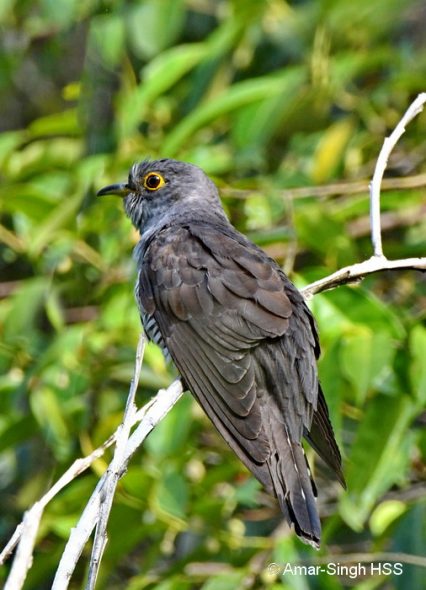
Saw this adult male Cuckoo today and I am trying to determine the identification. Using terminology, distribution and features from: Johannes Erritzøe, Clive F. Mann, Frederik P. Brammer and Richard A. Fuller. Cuckoos of the World, Helm, 2012. Also using Wells 1999, HBW 2019, and other references for identification.
 2…
2…
For Cuculus Cuckoos the possibilities are:
Oriental Cuckoo (Cuculus saturatus)
Indian Cuckoo (Cuculus micropterus)
Common Cuckoo (Cuculus canorus) – does not reach far south enough
Sunda Cuckoo (Cuculus lepidus) – confined to the highlands in Peninsular Malaysia
So I am trying to differentiate between Oriental & Indian Cuckoos.


I have seen the Indian Cuckoo well in the past and this bird overall did not look like one (jizz). I think it is an Oriental Cuckoo. Appreciate any opinions and clarification.

Amar-Singh HSS (Dato’ Dr)
Ipoh, Perak, Malaysia
28th February 2019
Location: Ulu Kinta Forest Reserve, Ipoh, Perak, Malaysia
Habitat: Previously logged forest with secondary growth and some residual primary forest
Equipment: Nikon D500 SLR with Tamron SP 150-600mm f/5-6.3 Di VC USD, handheld








